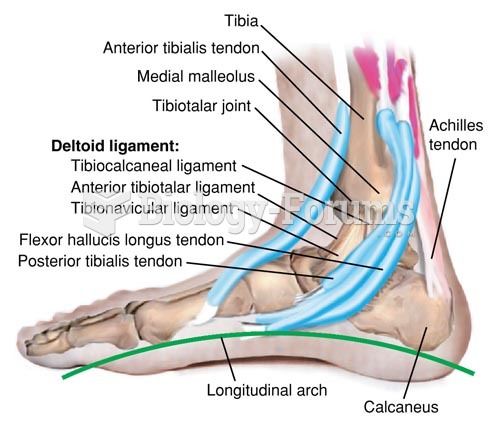|
|
|
Did you know?
Allergies play a major part in the health of children. The most prevalent childhood allergies are milk, egg, soy, wheat, peanuts, tree nuts, and seafood.
Did you know?
Thyroid conditions may make getting pregnant impossible.
Did you know?
More than 4.4billion prescriptions were dispensed within the United States in 2016.
Did you know?
The Babylonians wrote numbers in a system that used 60 as the base value rather than the number 10. They did not have a symbol for "zero."
Did you know?
On average, someone in the United States has a stroke about every 40 seconds. This is about 795,000 people per year.







